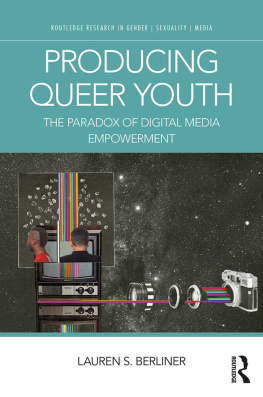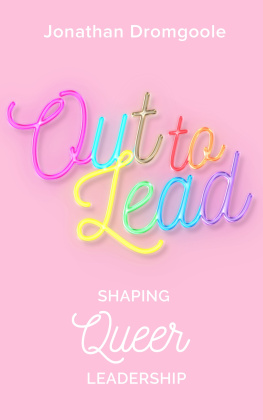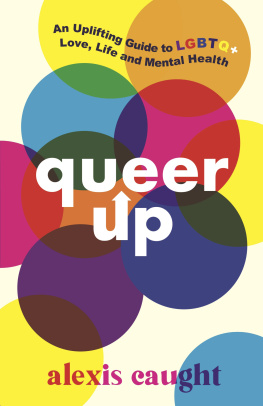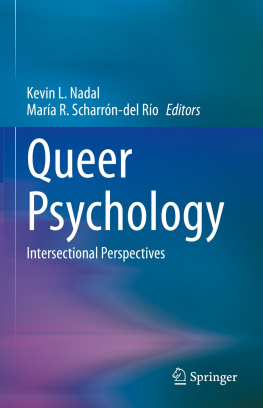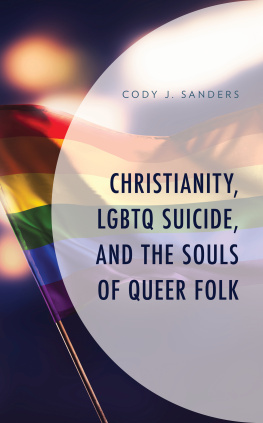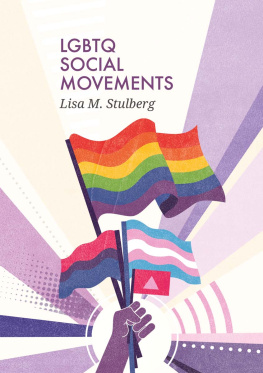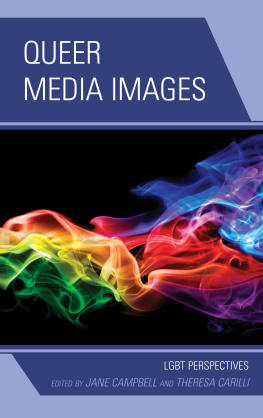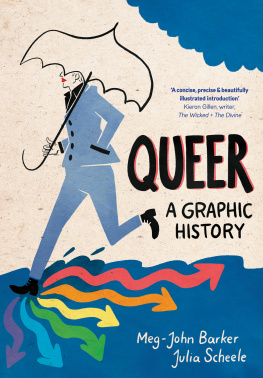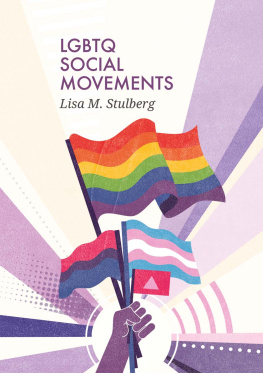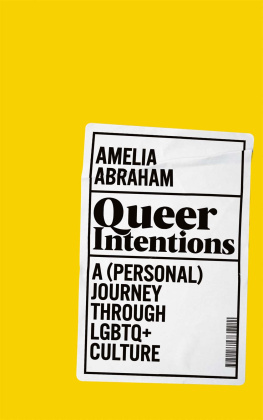LGBTQ Visibility, Media and
Sexuality in Ireland
This book traces the turbulent history of queer visibility in the Irish media to explore the processes by which a regionally based media system shaped queer identities within a highly conservative and religious population. It details the emergence of an LGBTQ rights movement in Ireland and charts how this burgeoning movement utilised the media for the liberatory potential of advancing LGBTQ rights. However, mainstream media institutions also exploited queer identities for economic purposes, which, coupled with the eruption of the AIDS pandemic in the 1980s, disrupted the mainstreaming goals of queer visibility.
Drawing on industrial, societal and production culture determinants, the author identifies the shifting contours of queer visibility in the Irish media, uncovering the longstanding relationship between LGBTQ organising and the Irish media.
This book is suitable for students and scholars in gender studies, media studies, cultural studies and LGBTQ studies.
Praic Kerrigan is a teaching fellow with the School of Information and Communication Studies at University College Dublin. His research pertains to the dynamics of diversity in media industries, specifically centred around Irelands LGBT community.
Routledge Research in Gender, Sexuality, and Media
Edited by Mary Celeste Kearney
University of Notre Dame
The Routledge Research in Gender, Sexuality, and Media series aims to publish original research in the areas of feminist and queer media studies, with a particular but not exclusive focus on gender and sexuality. In doing so, this series brings to the market cutting-edge critical work that refreshes, reshapes, and redirects scholarship in these related fields while contributing to a better global understanding of how gender and sexual politics operate within historical and current mediascapes.
Lifestyle Media in American Culture
Gender, Class, and the Politics of Ordinariness
Maureen E. Ryan
Emergent Feminisms
Complicating a Postfeminist Media Culture
Edited by Jessalynn Keller and Maureen Ryan
Producing Queer Youth
The Paradox of Digital Media Empowerment
Lauren S. Berliner
Girls, Moral Panic, and News Media
Troublesome Bodies
Sharon R. Mazzarella
Digital Media, Friendship and Cultures of Care
Paul Byron
LGBTQ Visibility, Media and Sexuality in Ireland
Praic Kerrigan
https://www.routledge.com/Routledge-Research-in-Gender-Sexuality-and-Media/book-series/RRGSAM.
LGBTQ Visibility, Media and
Sexuality in Ireland
Praic Kerrigan
First published 2021
by Routledge
2 Park Square, Milton Park, Abingdon, Oxon OX14 4RN
and by Routledge
52 Vanderbilt Avenue, New York, NY 10017
Routledge is an imprint of the Taylor & Francis Group, an informa business
2021 Praic Kerrigan
The right of Praic Kerrigan to be identified as author of this work has been asserted by him in accordance with sections 77 and 78 of the Copyright, Designs and Patents Act 1988.
All rights reserved. No part of this book may be reprinted or reproduced or utilised in any form or by any electronic, mechanical, or other means, now known or hereafter invented, including photocopying and recording, or in any information storage or retrieval system, without permission in writing from the publishers.
Trademark notice: Product or corporate names may be trademarks or registered trademarks, and are used only for identification and explanation without intent to infringe.
British Library Cataloguing-in-Publication Data
A catalogue record for this book is available from the British Library
Library of Congress Cataloging-in-Publication Data
A catalog record has been requested for this book
ISBN: 978-0-367-36199-0 (hbk)
ISBN: 978-0-429-34455-8 (ebk)
Typeset in Sabon
by MPS Limited, Dehradun
To Pat and Helena, for the support each step of my life
To Barry, for everything, each and every day
To those who bravely put their head above the parapet for equality
And to those who did not survive
Contents
List of figures
List of abbreviations
LGBTQ visibility, media and sexuality in Ireland
Respectably gay?: Gay male visibility on current-affairs television (19741980)
Fifty shades of gay: Lesbian and gay visibility on The Late Late Show (19801989)
AIDS and the disruption of queer visibility (19831994)
Coitus interruptus: Queer visibility on the sitcom and soap opera (19951998)
Queer visibility, television drama and the Celtic Tiger (19992007)
Conclusion: Queer visibility beyond marriage equality and Leo Varadkar
Index
1.1 Cover of NGF News, volume 3, number 4, July/August 1984
4.1 OUT magazines glossy cover
4.2 Gay Health Action safer-sex advert
I consider myself extremely fortunate to have had the benefit of working, collaborating and becoming friends with many talented, impressive and brave members of Irelands LGBTQ community. Through working with them and through many conversations, I realised the sheer good fortune of being able to do a book project like this, a project that would not have been possible had many of these individuals not confronted oppressive institutions, a climate of criminality, shame and stigma, unsympathetic public opinion and retribution for putting a public face to being gay, lesbian and queer in Ireland. First and foremost, thanks must go to them, and I hope that this book goes some way towards recognising their bravery and tenacity, while also demonstrating for my generation that the civil liberties we now experience owe a significant amount to the broad history of LGBTQ activism throughout all four corners of this island.
Special consideration must go to a number of these people. To my friend Tonie Walsh, for the many trips and overnight stays in Clonmel, for offering me complete access to his vast treasure trove of queer Irish history and who inspired me with his love of archives, all the while gently correcting my errors and misconceptions. I thank Edmund Lynch, who kindly gave me his time and helped me navigate the RT Archives and has been a steadfast supporter of this project since our first meeting (and every meeting thereafter) at table fourteen in the Irish Film Institute. To Bill Hughes, for kindly supporting this project each step of the way and for helping to find it an outlet, especially as an exhibition at the 2017 GAZE Film Festival. I also thank him for opening my eyes up to the realities of living through the AIDS crisis by sharing some truly personal memories. David Norris was extremely helpful and passionate about this project in its early stages and I thank him for welcoming me to his home and office to discuss it and for providing important direction. Orla Egan and Cathal Kerrigan were crucial to helping me realise a bigger picture and see the fault lines of queer Irish history, rightfully making me question my own perspective and revise frameworks.
Many archivists and librarians were central to helping me find materials related to my project, particularly all those who work tirelessly at the RT Archives. In particular, I would like to thank Vicky Moran, who was always on hand to delve into the basement for just one more VHS tape.


